
2025-09-30

2025-06-24

2025-06-13

2024-08-05
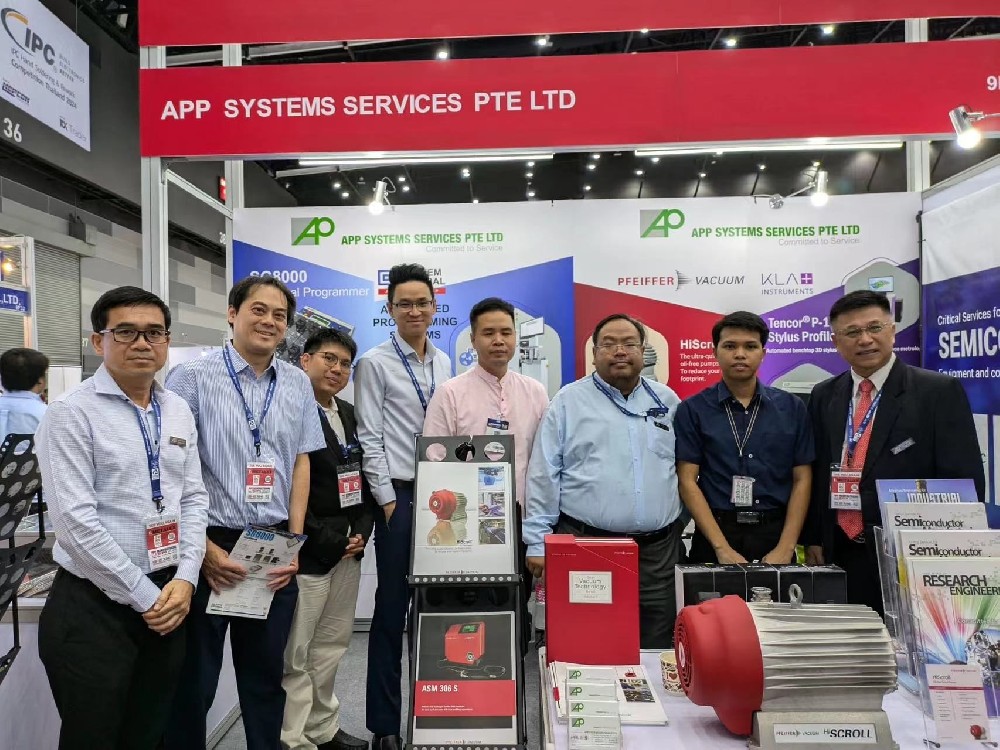
2024-06-25

2024-03-12
Address: 6th Floor, No. 205-3, Section 3, Beixin Road, Xindian District, New Taipei City
Phone: +886-2-89131997
Fax: +886-980503633
Email: info@sg.com.tw
Address: West 3rd Floor, China Steel Tower, Building M-7, Majiaoling Industrial Zone, High-tech Zone, Nanshan District, Shenzhen
Phone: 0755-2697 1006
Fax: 18002554660
Email: sales@acroview.com
Author: System Generalrelease date:2020-11-21Viewers:3879
Flash memory (English: Flash Memory) is a form of electronically erasable programmable read-only memory that allows memory to be erased or written multiple times during operation. This technology is mainly used for general data storage, as well as the exchange and transmission of data between computers and other digital products, such as memory cards and U disks. Flash memory is a non-volatile memory, so it does not need to consume power just for saving data.
Compared with hard disks, flash memory also has better dynamic shock resistance. These characteristics are the reason why flash memory is widely adopted by mobile devices. Flash memory has another feature: when it is made into a memory card, it is very reliable, even if it is immersed in water, it can withstand high pressure and extreme temperatures. The write speed of flash memory is often significantly slower than the read speed.
NorFlash
NOR Flash takes a long time to erase and write, but it provides a complete addressing and data bus, and allows random access to any area on the memory, which makes it very suitable for replacing old ROM chips. At that time, ROM chips were mainly used to store code that hardly needed to be updated, such as the BIOS of a computer or the firmware of a set-top box. NOR Flash can endure 10,000 to 1 million erasing cycles, and it is also the basis of the early removable flash storage media. CompactFlash was originally based on NOR Flash, although it later switched to lower-cost NAND Flash.
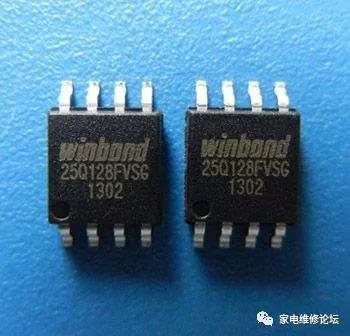
NandFlash
NAND Flash was published by Toshiba at the International Solid-State Circuits Conference (ISSCC) in 1989. To read and write data on NandFlash, external main control and circuit design are required. . NAND Flash has a faster erasing time, and the area of each memory cell is also smaller, which makes NAND Flash have higher storage density and lower cost per bit than NOR Flash. At the same time, its erasable frequency is ten times higher than that of NOR Flash. However, the I/O interface of NAND Flash does not have random access to the external address bus. It must be read in a block manner. The typical block size of NAND Flash is hundreds to thousands of bits.
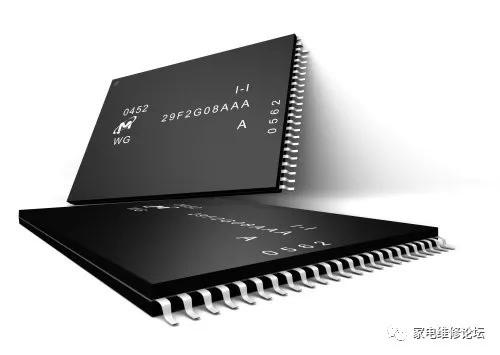
Because most microprocessors and microcontrollers require byte-level random access, NAND Flash is not suitable to replace those ROMs used to load programs. From this perspective, NAND Flash is more like a secondary storage device such as optical discs and hard drives. NAND Flash is very suitable for mass storage devices such as memory cards. The first removable storage media based on NAND Flash was SmartMedia. Since then, many storage media have also adopted NAND Flash, including MultiMediaCard, Secure Digital, Memory Stick and xD card.
EMMC
emmc memory eMMC (Embedded Multi Media Card) is established by the MMC Association. eMMC is equivalent to the NandFlash+ main control IC. The external interface protocol is the same as SD and TF cards. It is mainly an embedded memory standard for products such as mobile phones or tablets. specification. An obvious advantage of eMMC is that it integrates a controller in the package, which provides a standard interface and manages flash memory, allowing mobile phone manufacturers to focus on other parts of product development and shorten the time to market products. These characteristics are equally important for NAND suppliers who want to reduce the size and cost of photolithography.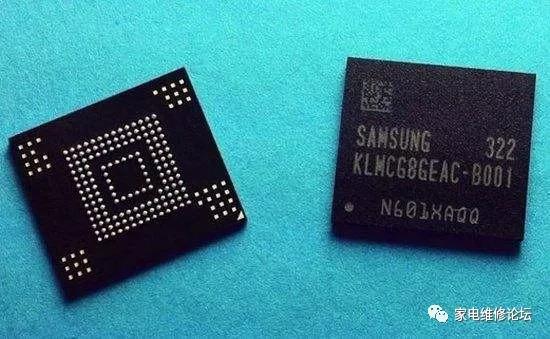
eMMC consists of an embedded storage solution with MMC (multimedia card) interface, flash memory device (Nand Flash) and main controller, all in a small BGA package. The interface speed is up to 52MBytes per second, and eMMC has fast and scalable performance. At the same time, the interface voltage can be 1.8v or 3.3v.
Now many smart TVs have gradually abandoned Nor or Nand and used more advanced eMMC chips. However, ordinary programmers cannot read and write eMMC chips. The newly developed programmers that can support eMMC chip programming are cost-effective and can also support Nor and Nand. Chip, support comprehensive and powerful
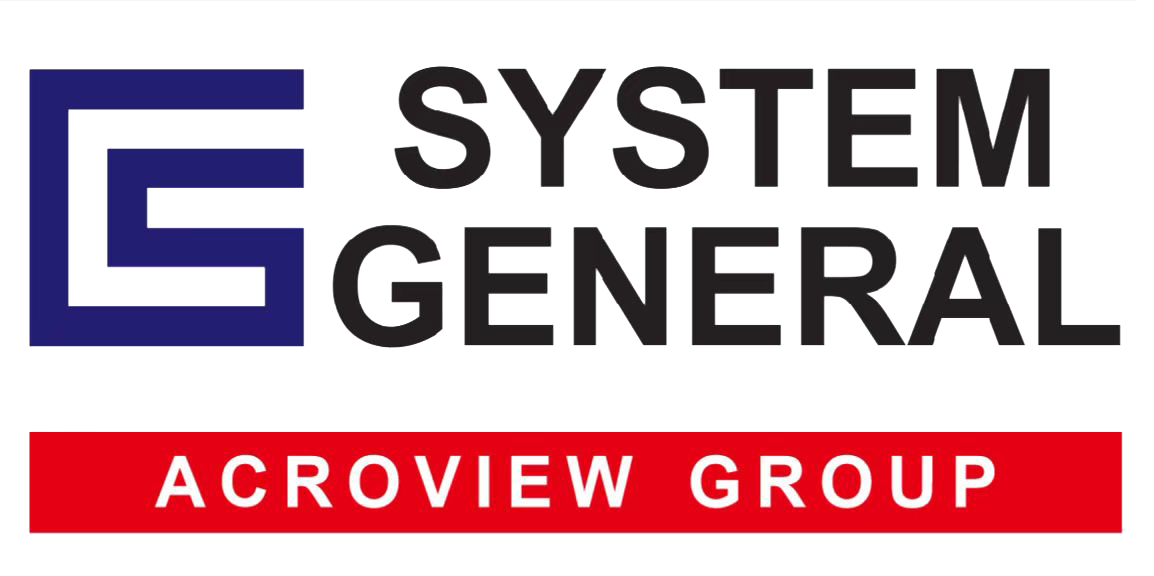
System General Limited
Address:6F,No.205-3, Sec.3, Beixin Rd., Xindian Dist.,New Taipei City 23143, Taiwan
TEL: +886-2-89131997
Fax: +886-980503633
Email: info@sg.com.tw
Acroview Technology Co.,Ltd.
Address:3F , Blg 7 West, Sinosteel Building, Maque Industry VillageNanshan, Shenzhen, 518057, Guangdong
TEL:+ 86 075526971006
Mobile phone:18002554660
Email:sales@acroview.com
Copyright ©2019-2022 Core Micro Semiconductor (Suzhou) Co., Ltd.苏ICP备2022007532号-1
